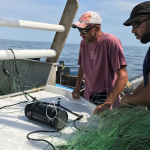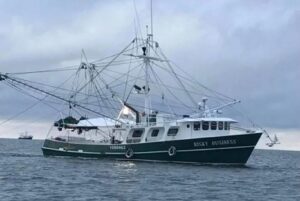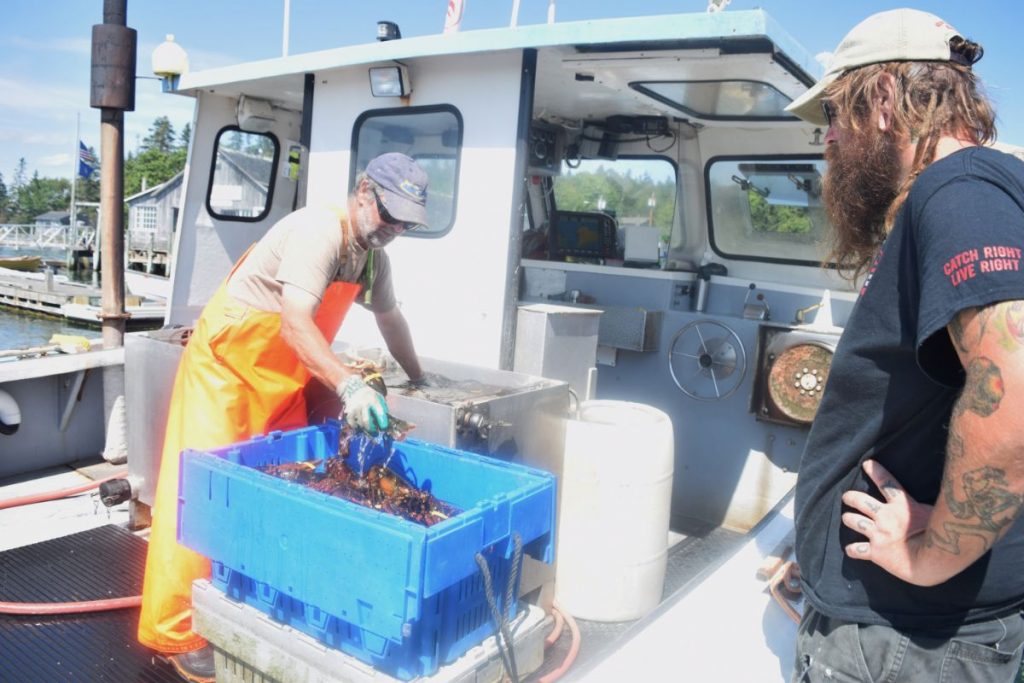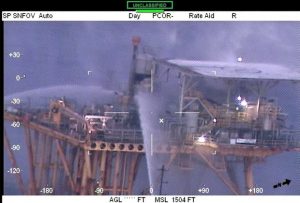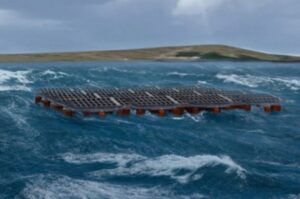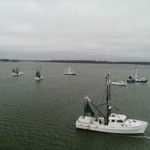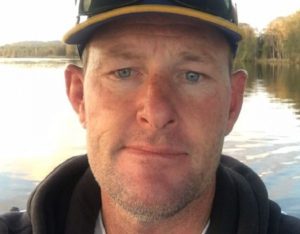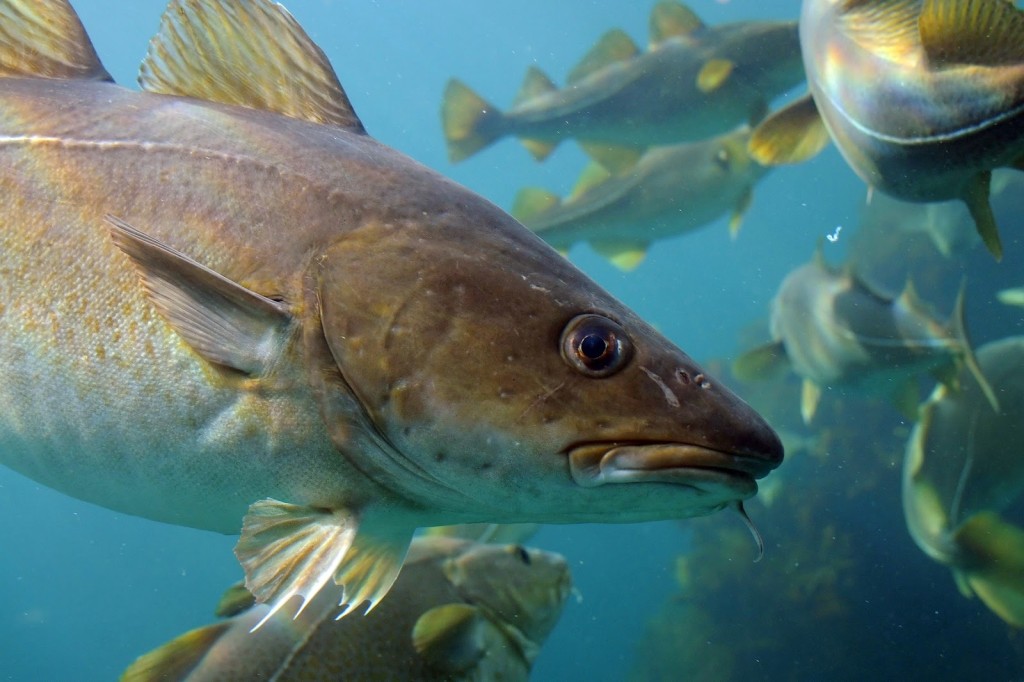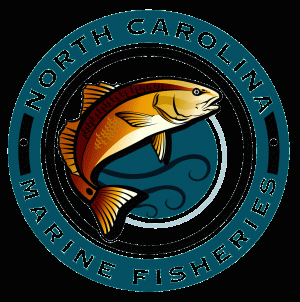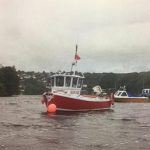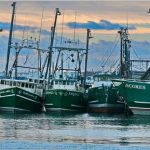North Carolina Fisheries Association Weekly Update 01/09/2023
Fisheries Monitoring and Data Collection
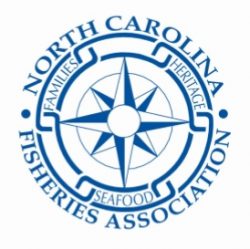 Commercial fishing and recreational fishing activities are both monitored by State and Federal agencies to account for harvested/landed fish, discarded/released fish, and also any threatened and endangered species interactions (both sectors do have interactions). This monitoring collects and provides data that fisheries managers use to monitor fish stocks and develop fisheries management plans (FMPs). And in most cases this data weighs heavily on the overall number of fish that everyone is allowed to annually harvest also known as the total allowable catch (TAC).
Commercial fishing and recreational fishing activities are both monitored by State and Federal agencies to account for harvested/landed fish, discarded/released fish, and also any threatened and endangered species interactions (both sectors do have interactions). This monitoring collects and provides data that fisheries managers use to monitor fish stocks and develop fisheries management plans (FMPs). And in most cases this data weighs heavily on the overall number of fish that everyone is allowed to annually harvest also known as the total allowable catch (TAC).
The number of commercial fishermen in North Carolina has definitely been on a downward trend for some time. We have gone from 4,588 active commercial licenses in 2001 down to 2,170 active licenses in 2021 according to DMF’s most recent statistics. Although numbers of participants in our state have decreased by almost half in the last 20 years commercial fishing monitoring and data collection has not and NC commercial fishermen continue to provide a wealth of useful data that has created a permanent record showing where we came from and how we got there.
The first commercial fishing data collection system I will talk about is the North Carolina Division of Marine Fisheries (DMF) fish house trip ticket program. This program started in 1994 and since then it has grown into one of the leading fisheries data collection programs in the country. All persons/businesses buying fish in North Carolina must obtain a dealer’s license and use this reporting system.
The fish house trip ticket program collects information on the fisherman, the fish dealer, date, number of crew, area fished, gear used, and quantity of each species landed for each trip. The DMF requires fish houses to send in these reports monthly and they must reach the Morehead City office no later than the 10th of the following month. It must also be noted, this past season fish houses were also required to report southern flounder landings daily during the open commercial flounder seasons.
For accountability in the fish house trip ticket program, DMF sends marine patrol officers to check for compliance and to make sure the numbers of fish in the coolers match with the trip tickets and also with records of fish sold to markets. If there are issues with numbers not adding up or fish were bought and sold during a closed season citations will be issued.
North Carolina DMF has also had a commercial fishing observer program since 2000. This program was expanded in 2010 as required by our incidental take permit (ITP) to observe a minimum of 7% with a goal of 10% observer coverage for all commercial fishing trips using anchored large mesh gill net and a minimum of 1% with a goal of 2% for all trips using anchored small mesh gill nets. If this coverage is not met commercial risk losing access to using this gear. Also, if fishermen do not comply with observer requests, they will receive a citation which could lead to a temporary suspension of their license or even a permanent termination of license. DMF also is required to send an annual report to NOAA Fisheries detailing this observer coverage and all incidental takes of sea turtles.
DMF also has a fish house sampling program. This program sends fishery technicians to fish house to collect data on commercial species caught as they are unloaded to be sold. In addition to species harvested, the technicians all collect their size and weight, where they were caught, and gear used. They also examine age structures from some of these samples.
Another program used to collect commercial fishery data in NC is the National Observer Program (NOP). Federal fisheries observers originally began going on commercial fishing vessels in the 1970s, but most recently in 1999 the National Marine Fisheries Service (NMFS) established the NOP to streamline their usefulness and set standards that allow for more uniform data collection across regions which has allowed the program to grow to what we see today.
The federal observer programs in North Carolina are all a bit different. Priorities change annually in these programs, but before COVID-19 and the recent large increase in required observer coverage in the North East Atlantic fisheries, commercial gill net fishermen in North Carolina completed hundreds of federally observed gill net trips annually. In 2019, 21.8% of my personal gill net trips, I had a federal observer on my boat. Observers on these trips measure and weigh hundreds of individual fish and also document discarded fish, they even take a few Otolith (Otoliths, commonly known as “earstones,” are hard, calcium carbonate structures located directly behind the brain of bony fishes) samples. Federal observers also hold the power to have vessels tied to the dock if fishermen do not comply with these mandatory observer coverage requirements.
North Carolina based pelagic longline boats with a tuna, swordfish, and shark tri-pack permits are required to have 2 cameras on board that record all hauls. This is 100% video observation coverage, when the hydraulic pumps power on, so do the cameras. These boats are also required to have a vessel monitoring system which tracks their position 24/7. And they are also required to report any Bluefin Tuna interactions within 12 hours after the haul back when the fish was caught. Human observers also still take trips with these vessels as well covering 7-10% of annual hauls further validating this data.
North Carolina commercial fishermen participating in the scallop fishery also have vessel monitoring systems to track their vessels. In regards to their federal observer program, the vessels are required to call in weekly to declare their intent to work and if chosen to carry an observer it is also the vessels responsibility to call and setup a day or days to carry an observer ahead of time. Another item to note is that the scallop observer program is industry funded. Each year 1% of the annual catch limit is set aside to help pay for this program.
In the limited entry federal snapper/grouper fishery North Carolina commercial fishermen also must carry observers to document their catch and discards. A recent announcement from NOAA Fisheries has increased observer coverage to 2.75% of the fleet’s overall effort (increased coverage began May 1st 2022). The information gathered is used to verify logbook catch rates, counts of discarded fish, and the catch per unit effort.
All commercial fishermen who participate in any federally managed fishery are also mandated to fill out at least one logbook. The Greater Atlantic Regional Fisheries Office (GARFO) logbook began in 1978 for boats participating in the surf clam fishery, but most North Carolina commercial fishermen began filling out this logbook in 1994 when GARFO required reporting for all vessels holding any Northeast Region permit.
The Southeast Fisheries Science Center (SEFSC) logbook program began in 1986, originally monitoring commercial vessels targeting pelagic species and then in 1990 it was expanded to monitor commercial snapper grouper vessels. In 1993 the SEFSC logbook again expanded to include the commercial shark fisheries and finally in 1999 commercial king and Spanish mackerel fisheries were added.
Many North Carolina commercial fishermen are lucky enough to be under two or more regional management areas and therefore many of us get to fill out multiple logbooks. Along with filling out the standard required logbooks commercial fisherman also get randomly selected to have to fill out a daily economic survey and/or a daily discard log book for the South East Fisheries Office (SERO). I for one have to do two logbooks every trip and I have also had one year when I was filling out the discard logbook and economic survey as well.
These logbooks collect a lot of detailed information including fisherman name, vessel name, date of trip start/end, exact time of trip start/end, number of crew, buyer information, state trip ticket reference number, gear specifics, pounds of each fish species harvest, number of each species discarded, fishing location, and depth fished. Economic surveys record gallons of fuel used, price per gallon, bait expense, ice expense, grocery expense, miscellaneous expense, purchased quota expense, trip sales, and hired crew/captain expense.
North Carolina fish houses who purchase fish harvested by federally permitted commercial fishing vessels must also have a federal dealers license. Again, since we are a state under multiple regional management areas many fish houses in our state must have multiple federal dealers permits. Reporting requirements vary but for most species in the Greater Atlantic region reporting is required weekly.
As all of these commercial federal logbooks and dealer permits are mandatory there are penalties for non-compliance. These penalties include not allowing you to renew your permit until all trip logs have been received, suspending your permit for non-compliance in season, all the way to be federally prosecuted for falsifying documents. Generally, if you enter information incorrectly or leave boxes blank or miss a trip, they will send these reports back for you to correct. Thanks to dual reporting from the fish houses, they know if you mixed up one species weight with another or simply did not fill out a log for one trip.
All of this redundancy leads to accurate and precise commercial harvest data. Having so many data gathering and monitoring programs that account for every single fish observed on a haul allows fish managers a good picture of most commercial fisheries. And with such good baseline data, mathematical extrapolations in the commercial fishery can also be more accurate and precise. We know the number of participants, we know what they catch, we know what they discard, therefore we have a good idea of what they have the potential to catch. Good data equates to good management.
The timelines of the data received from commercial fishermen and fish dealers also helps fisheries managers close fisheries when quotas are projected to be met. Managers use past and current landings trends to project when commercial quotas are going to be met and usually announce closures days or weeks in advance. This helps protect our fish stocks from overfishing.
Fisheries data collection in North Carolina is some of the best in the country and I am sure I missed plenty of other commercial fishing data sources in this update as well, such as fisheries research work done by the commercial industry. In a future update I’m hoping to document North Carolina’s recreational sector fisheries monitoring and data collection and do a comparison between the two. If you have any input on commercial or recreational monitoring and data collection please reach out.
Thomas Newman
Fisheries Liaison
LEGISLATIVE UPDATE: 1.9.2023 GENERAL ASSEMBLY
I hope everyone had a very delightful holiday season!
The NC Senate and House members will be sworn in this Wednesday, but the legislative work won’t begin in earnest for a while. The members’ email addresses are posted on their website but room and committee assignments have not been completed.
I attended swearing in ceremonies for Senator Norman Sanderson and Representative Keith Kidwell last Tuesday in Pamlico County and Thursday in Hyde County. I was hoping to make it to Dare County also on Thursday afternoon but that didn’t work out. I was able to visit Newman Seafood and Hobo Seafood in Swan Quarter.
God bless, and Happy New Year!
Jerry

































